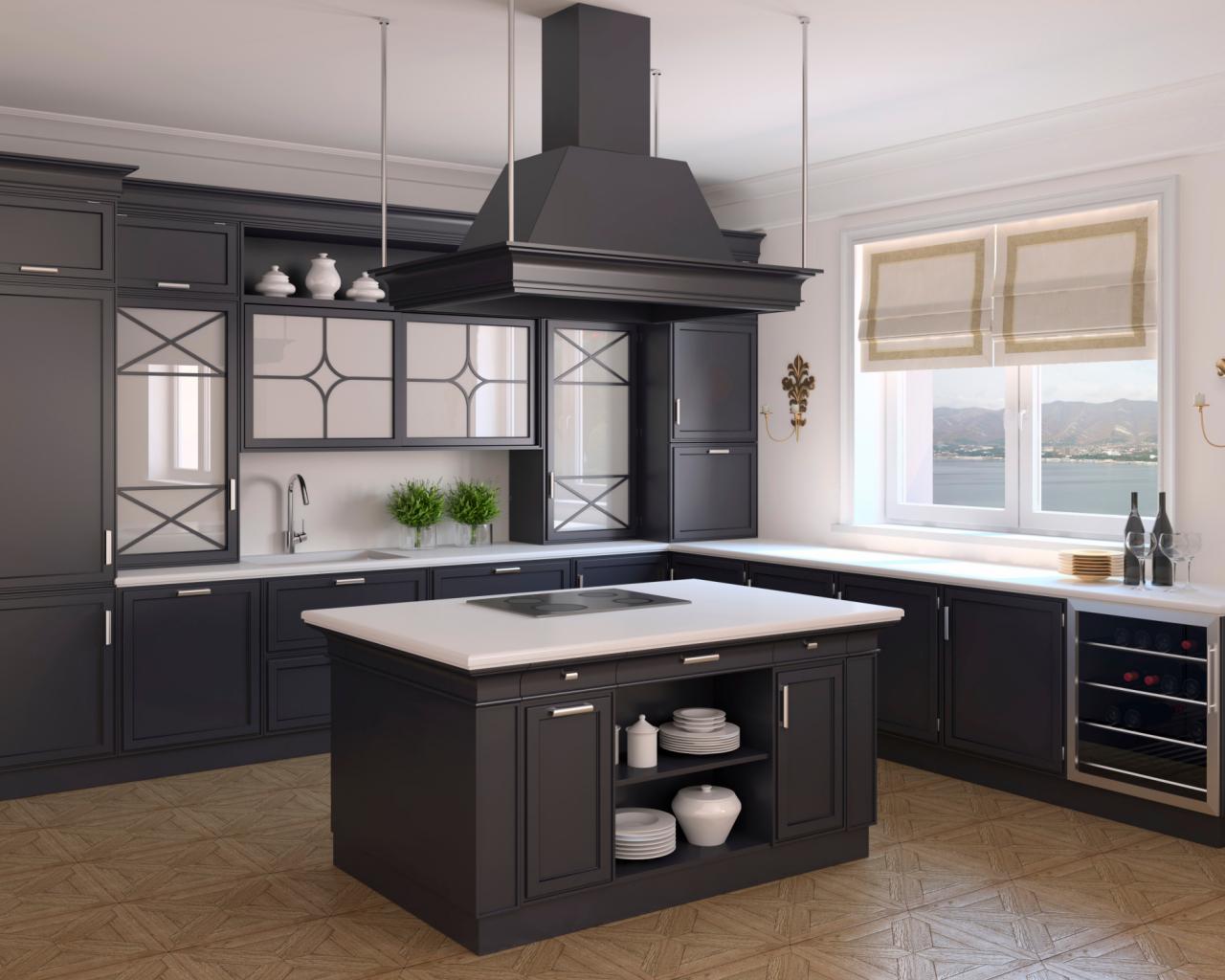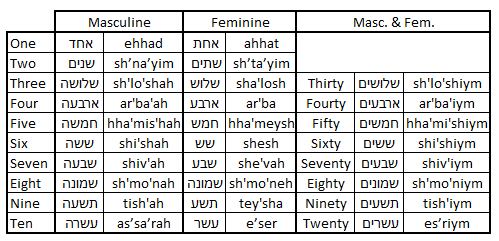Hebrew
Shalom everyone: “Ma nishma?” This week is Lesson 16. We have been inundated with cv-19 as of late, and the call has been for “social distancing”, so this lesson is most befitting in keeping with the idea of smart tips during a troublesome time. In this lesson. We are going to learn how to ask, by a phone call, for food delivery: We are at Lesson 16– “The Food Delivery.”
-
SETTING: Anat and Tomer’s apartment/dera
-
Fig 2
Lesson Synopsis & Overview
In this lesson you will learn the present form of the 5th verb group in Hebrew! We will also learn a lot of new food vocabulary and see what happens when Tomer and Anat wants to order food delivery (Daniel, 2018).
Table 1: Other Nikkud

Table 2: Ivrit Alef-Bet
Fig 3
I. Conjugations–Present Form of 5th Verb Group [0:25]
-
- Le’Ha (c)hlit – to decide – (in conjugation the lamed disappears)
- root = cheit, lamed, tet = [ח + ל+ ט][0:30]
- ani machlit (masculine-s) [I decide]; atah machlit [you decide] (m); hu machlit [he decides]
- ani machlitah (feminine-s) [I decide]; at machlitah [you decide] (f); he machlitah [she decides] (f)
- anoknu machlitim (male-pl) [we decide]; atem machlitim [you decide] (m-pl); hem machlitim [they decide] (m-pl)
- anoknu machlitot (female-pl) [we decide]; aten machlitot [you decide] (f-pl); hen machlitot [they decide] (f-pl)
- LeHazmin – to order/to invite – root = zayin, mem, nun = [ ז + מ +נ] (in conjugation the lamed disappears) ma-zamin [1:01]
- ani ma-zamin (male-s) [I order ]; atah ma-zamin [you order] (m); hu ma-zamin [he orders]
- ani ma-zaminah (female-s) [I order]; at ma-zaminah [you order] (f); he ma-zaminah [she orders]
- anoknu ma-zaminim (male-pl) [we order]; atem ma-zaminim [you order] (m-pl); hem ma-zaminim [they order] (m-pl)
- anoknu ma-zaminot (female-pl) [we order]; aten ma-zaminot
- [you order] (f-pl); hen ma-zaminot [they order] (f-pl)
- LeHazle(c)h – to succeed/to manage to do something– root = tzadei, lamed, cheit = [ צ + ל + ח] (in conjugation the lamed disappears “ma”) [1:17]
- ani ma-zeli(c)h (male-s) [I succeed/manage]; atah ma-zelich [you succeed] (m); who ma-zelich [he succeeds]
- ani ma-zelicha (female-s) [I succeed/manage]; at ma-zelicha [you succeed/manage] (f); he ma-zelicha [she succeeds/manages] (f-s)
- anoknu ma-zelichim (male-pl) [we *succeed]; atem ma-zelichim [you succeed] (m-pl); hem ma-zelichim [they manage] (m-pl)
- anoknu ma-zelichot (female-pl) [we succeed/manage]; atem ma-zelichot [you succeed/manage] (f-pl); hen ma-zelichot [they succeed/manage] (f-pl) *interchangeably used
-
Commentary- [1:34] When the 1st letter of the root is YUD/yod, the prefex “ma” changes “mo” (mem with vav).
- Lahotzi – to take out – root = yud, tzadei, alef = [י +צ א] ] (in conjugation the lamed disappears, while the yod/y appears ) [1:42]
- ani motzi (male-s) [I take out]; atah motzi [you know] (m); who motzi [he knows]
- ani motziaa (female-s) [I take out]; at motziaa [you take out] (f); he motziaa [she takes out] (f-s)
- anoknu motziaim (male-pl) [we take out]; atem motziaim [you take out] (m-pl); hem motziaim [they take out] (m-pl)
- anoknu motziaot (female-pl) [we take out]; atem motziaot [you take out] (f-pl); hen motziaot [they take out] (f-pl)
-
Commentary- [1:34] When the 2nd letter of the root is YUD/yod, or VAV, the prefix “ma” changes “me” (mem with nikkud).
-
- LeHavim – to understand/to know – root = bet, yud, nun = [ ב + י + נ ] (in conjugation the lamed disappears, while the vav appears ) [2:03]
- ani mevin (male-s) [I understand]; atah mevin [you understand] (m); who mevin [he understands]
- ani mevinah (female-s) [I understand]; at mevinah [you understand] (f); he mevinah [she understands] (f-s)
- anoknu mevinim (male-female-pl) [we understand]; atem mevinim [you understand] (m-pl); hem mevinim [they understand] (m-pl)
- anoknu mevinot (female-pl) [we understand]; atem mevinot [you understand] (f-pl); hen mevinot [they understand] (f-pl)
-
Commentary- [2:18] When the 1st letter of the root is NUN, the nun drops.
- LeHakir – to know someone -person-place-object– root = nun, haf/kaf, vet = [ נ +כ +ב] (in conjugation the lamed disappears, while the mem appears )[2:30]
- ani makir (male-s) [I know]; atah makir [you know ] (m); hu makir [he knows]
- ani makirah (female-s) [I know]; at makirah [you know] (f); he makirah [she knows] (f-s)
- anoknu makirim (male-pl) [we know]; atem makirim [you know] (m-pl); hem makirim [they know] (m-pl)
- anoknu makirot (female-pl) [we know]; atem makirot [you know] (f-pl); hen makirot [they know] (f-pl)
-
Commentary- [2:41] LeHakir means to know be familiar with a person, place, thing, or object
-
Commentary- versus Lada’at (yoda’at) which means to know skills or facts/information.
- Le’Ha (c)hlit – to decide – (in conjugation the lamed disappears)
II. Vocabulary of The Food Delivery [2:57]
-
- Manah (f): dish/course : (mem+nun+hei)
- rishon means first : (resh+alef+shin+vav+nun)
- e.g. Yom Rishon = First Day (of the week) = Sunday [3:12]-
- e.g. manah rishonah – first course (meal) [3:03]
- ‘Rishon’ in female form ‘Rishonah’ [3:18]. (resh+alef+shin+vav+nun+hei))
- e.g. manah ekorit– main course (meal) [3:24] (ayin+qof+resh+yud+tav)
- e.g. manah rishonah – first course (meal) [3:03]
- qa’nu(c)ha : dessert (qof+nun+vav+cheit) [3:31]
- me’shlo(c)ha : delivery (mem+shin+vav+cheit)
- taphorit : menu (tav+pe/fe+resh+yud+tet) [3:38]
- taphoritim : menus (tav+pe/fe+resh+yud+tet+yud+mem_sofit)
- tanur : oven (tav+nun+vav+eesh) [3:45]
- gev’nah : cheese [3:48] (gimel+bet+yud+nun+hei)
- ya’rekot : vegetables (yud+resh+qof+vav+tav)
- ag’veniot : tomato (ayin+gimel+bet/vet+nun+yud+vav+tav)
- cha’tzel : eggplant (cheit+tzade+yud+lamed) [4:02]
- betata : sweet potato (bet+tet+tet+hei)
- pelpal : pepper (pe+lamed+pe+lamed) [4:10]
- batzal : onion (bet+tzade+lamed)
- kuurvit : cauliflower (kaf+resh+vav+bet/vet+yud+tav)
- teras : corn (tav+yud+resh+samech) [4:22]
- az atem rotzim leackol kuurvit oi teras ? (az = so) ; (oi =or) : So, do you (pl) want to eat cauliflower or corn? [4:25]
- dag : fish (dalet+gimel) manah ekorit dag – main course fish —
- glida : ice cream [4:50]
- az atem rotzim leackol qa’nu(c)ha b’ glida? So do you want to eat ice cream for dessert ? [4:55]
- Manah (f): dish/course : (mem+nun+hei)
- The Dialogue begins below.. Let’s listen [4:59]
-
Food Delivery
-
Fig 4
-
III. Anat and Tomer’s apartment/dera, Tel Aviv [5:08–6:27] Dialogue w/ Hebrew [6:32]
- [5:08/6:34] Anat to Tomer: Tomer —
- atah motziaa Et Ha-taphoritim? Tomer you want to pull out the menus?
- Tomer reaches down and he pulls out the menus.
- Tomer to Anat : [5:18] Tomer: ma at ma-zaminah lemona rishona? What do you want to order for a first course?
- Anat : ani lo yodeat. rega (moment). I don’t know. “Wait a moment”.
- Tomer : at ma–zelicha leh-havin Et Ze? Do you know what this is? “Can you manage to understand this?” “colloquial” Do you get it? [7:00-19] (verb lehavin followed by a definite noun, pronoun or name ze = this/that
- Tomer continues : “colloquial” Do you get it? Ma ze? anti… ma? What is? “Anti …”What?”
- Anat : antipasti … Antipasta > >Jump down to the conversation {5:39] <<
- Anat : Tov! ze ani ma-zaminah et oogat Ha-geve’nah– Well, this is me ordering the cheesecake. (Well, that’s my order- the cheesecake)
- The cheesecake, in Hebrew is 2-words- “cheese cake” it’s in the construct form
The word אֶת (et) and the construct form:
“semikud” “oogat Ha-geve’nah”
-from lesson 15) [7:36-7:58]
- The cheesecake, in Hebrew is 2-words- “cheese cake” it’s in the construct form
- [8:02] Repeat of Conversation-
- Anat : Tov, atah motziaa Et Ha-taphoritim? Well, you want to pull out the menus?
- Tomer reaches down and he pulls out the menus.
- [8:13] Tomer: ma at ma-zaminah lemona rishona? What do you want to order for a first course?
- Anat : ani lo yodeat. rega (moment). I don’t know. “Wait a moment”.
- Tomer : at ma–zelicha leh-havin Et Ze? Do you know what this is? “Can you manage to understand this?” “colloquial” Do you get it? Ma ze? anti… ma? What is? “Anti …”What?”
- [5:39] Anat : antipasti … Antipasta [5:39]
- Tomer : ma ze? ani lo makir. What is this? I do not know?
- Anat : zat manah shal ya’rekot Ba’tanur. It’s a course/dish/meal, with vegetables from the oven… cha’tzel, betata, pelpal, batzal, kuurvit. Eggplant, sweet potato, pepper, onion, cauliflower…
- [5:43] Tomer : ahhhh. ani mevin. [8:37] Oh, I understand.
- [5:45] Anat : ani rotza marok teras Le’manah rishonah. I want corn soup for the first serving. [8:39]
- [5:49] Tomer : ani ma-zamin Et Ha-antipasti Le’manah rishonah….vat Ha-orf Le‘ manah ekorit- I am ordering the antipasta dish for a first course and the chicken for a main course. [8:44]
- [5:55] Anat : ani ma-zaminah Et Ha’dag Le’ manah ekorit. I am ordering the fish for the main course. [8:50]
- [5:59] Tomer : Va-ma rotza La-konot? And what [else] do you want to buy?
- [6:01] Anat : ani lo ma-zelicha La-(c)helit… glidah oi oogat Ha-geve’nah-? I can’t decide to order either ice cream or cheesecake?
- [6:05] Tomer : ani rotza et Ha-glidah. I want ice cream. [8:59]
- [6:07] Anat : Tov, ani ma-zaminah Et oogat Ha-g1eve’nah-
- [6:11-23] Anat on the phone to restaurant/mesada: Halo: anuknu rotzim La-ma-zaminim me’shlo(c)ha. We want to order for delivery.
- [6:25-28] Anat : Ma! atem lo aoshim me’shlo(c)him!! You don’t make deliveries!! [9:20]
הסוף – the end – h’sef
IV. Nikkud
-

Fig 4
Fig 6
הסוף the end h’sef
Questions and Answer sheets are below: The Closing
Vocabulary and Phrases Found within the dialogue are above
Adjectives-vocabulary -none
Vocabulary & Verbs Usage Reminder
- Only three verb tense – Past, Present, Future
Comments
- Moderately long lesson about 10-minutes.
- Beginning is conjugations of verbs:
- Advice: Continue to take it slow. Use transliterations. Open video in new window and view them side-by-side. If there is something that you do not understand, please, do send me a “message or comment” or email.
Shalom and See you soon! Shalom ve’ le’hetriot!
Review of the pronouns
“who” = he m/s; is “hem” = they (masculine plural); “who” = she f/s hen” = they (f- plural), “gam” = also. “anachnu” = we. “atah” = you (m-s). “at” = you (f/s); “atem” = you (m/f-pl); “aten” = you (f-pl). The words for “this”, “these.” “Zi, Ze, & Zot”
Use this or any video to return to often whenever you feel the need. Suggestion: Also use the YouTube site w/ Daniel and use the script above to help. Open in a separate window.
Closing Conclusion
Learn Hebrew: Lesson 16 – The Food Delivery – The 5th Verb Group: • Jul 5, 2018 Learn Hebrew with Daniel
Up Next: Learn Hebrew: Lesson 17 – Can you help me? – Inflection of של, adverbs, needs & abilities. Learn Hebrew with Daniel
Find your peace while you study & let’s stay the course. Shalom.
credits
Images/Videos by: Fig. 1 Featured Image: “Food Delivery” from Cayman Compass. Fig. 2 Meal Kits Meal Kit & Food Delivery Safety” from lutheranhomessc.com. Fig. 3 The Spruce-Eats- “the 6 Cheapest Meal Delivery Services” from the Spruce Eats. Fig. 4 Down Home “Down Home Delivery & Catering “ from downhomedelivery.com. Fig. 5 Down Home “Down Home Delivery & Catering “ from downhomedelivery.com. Video-Lesson: “The Food Delivery & %th-Verb Group” Lesson 16 w/ Daniel Gaynor; Recorded Jul 25, 2018; Tables from Judaism 101.
“The Food Delivery and the Fifth-Verb Group“ Take 2-weeks on this lesson FYI: Lesson 17 will fall during the Passover and the Omer Count, some expect delays. Thank you for your patience. Cecilia
Blog 232; Volume 6
(c) 2015-2215 crew @ miracle production enterprises, inc.







